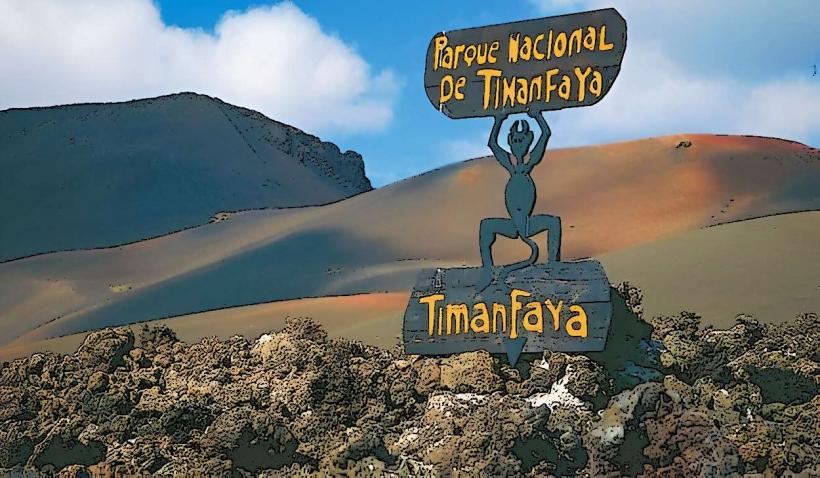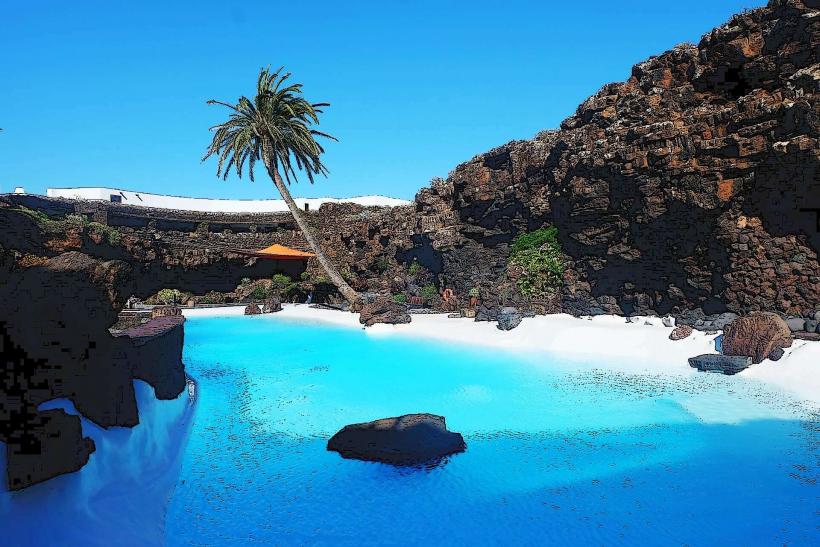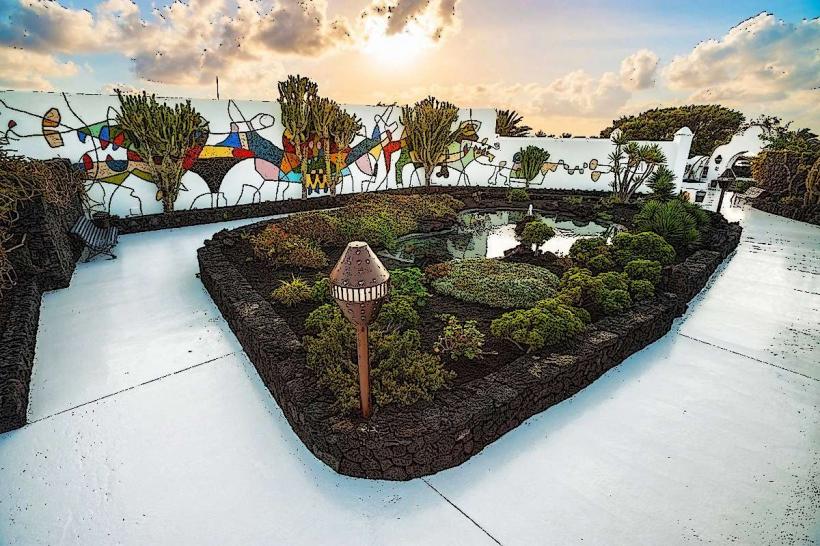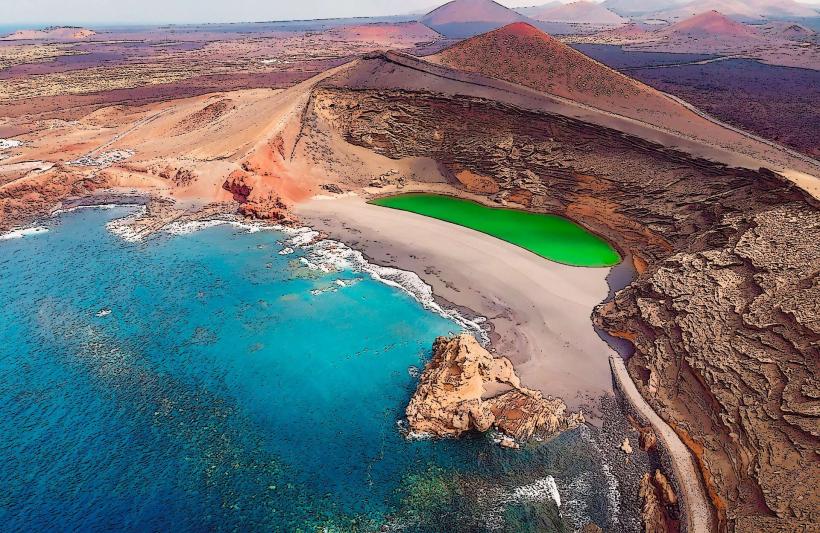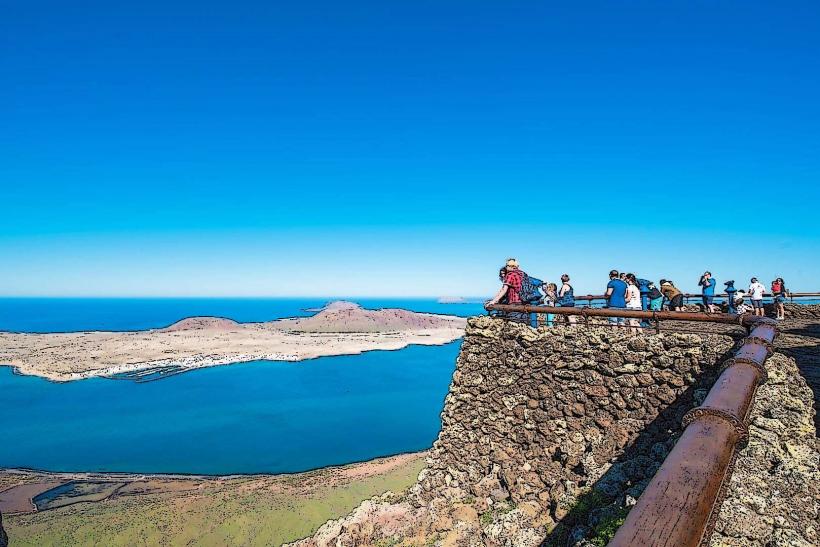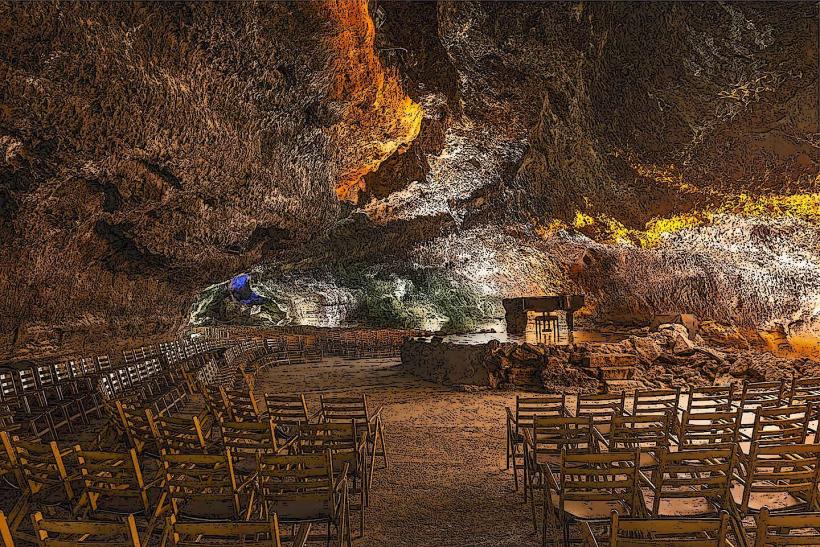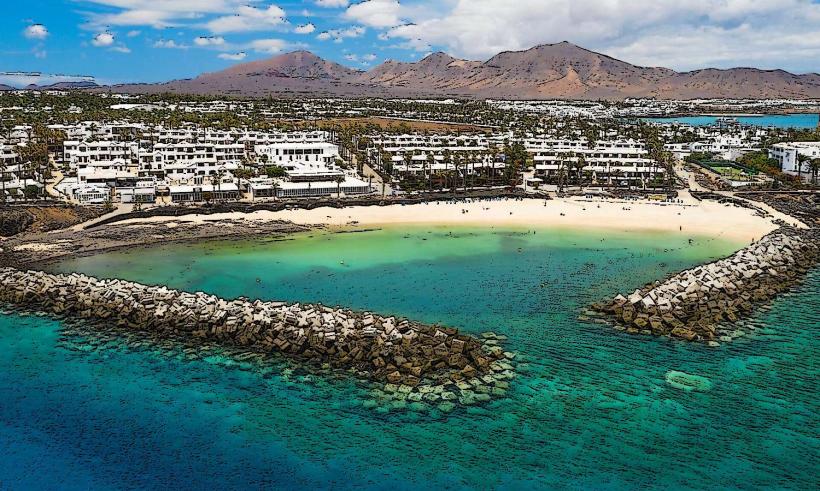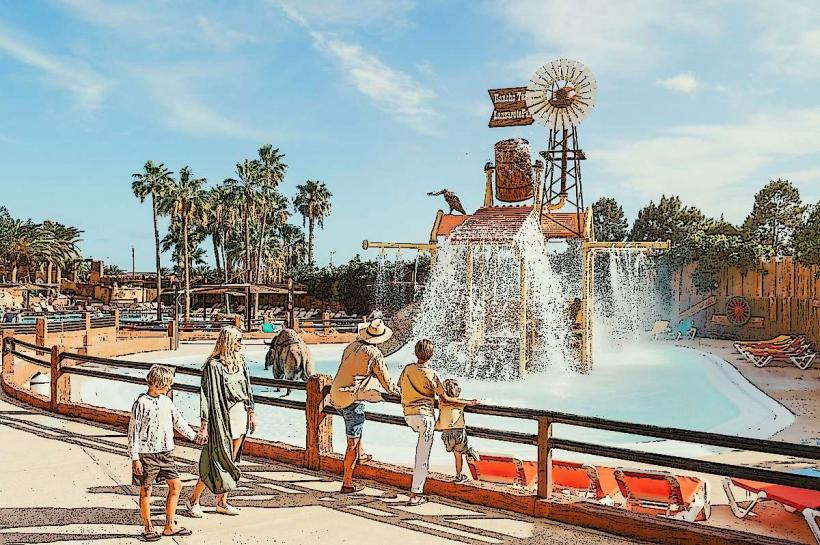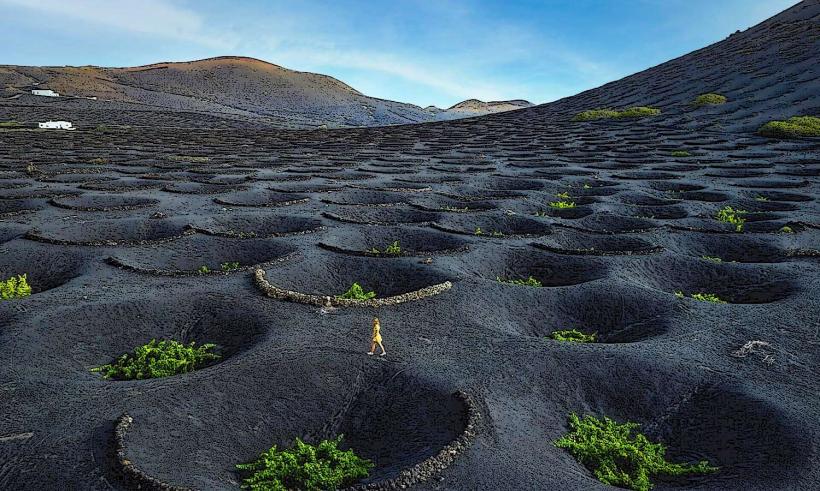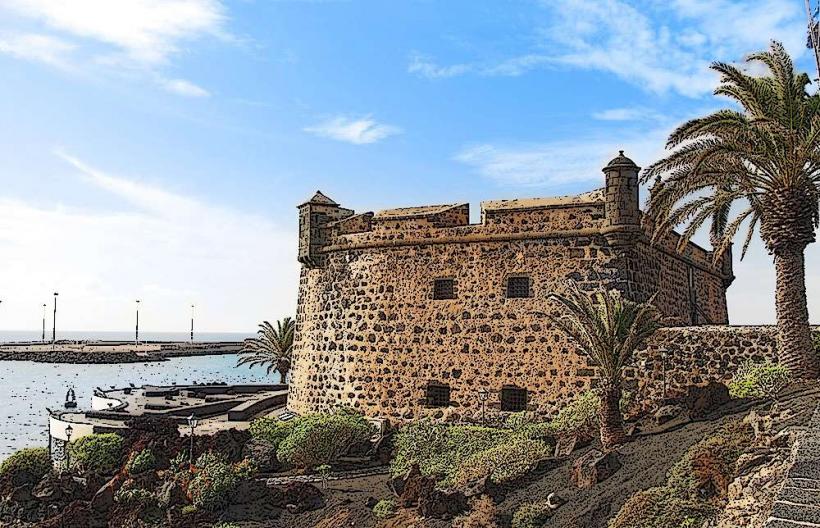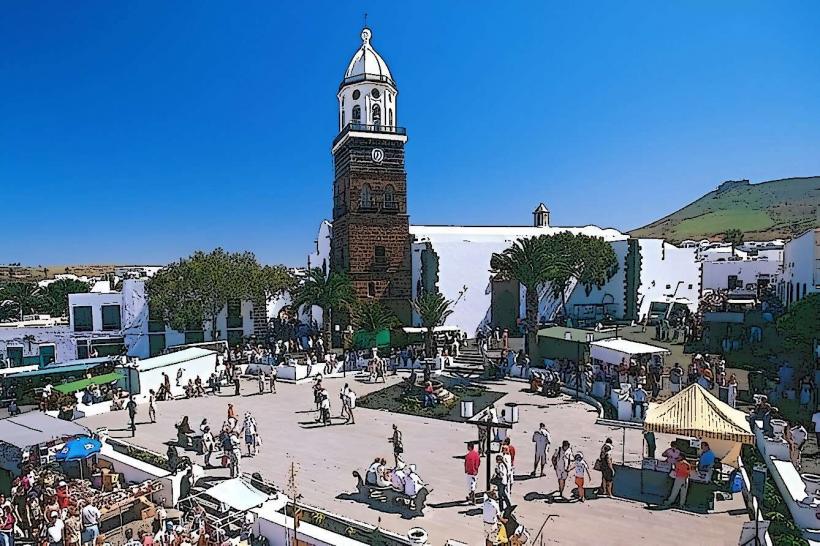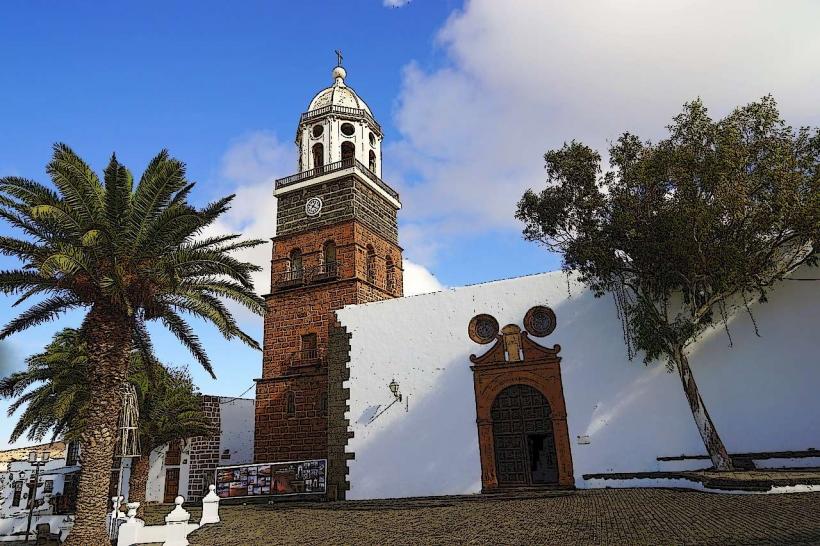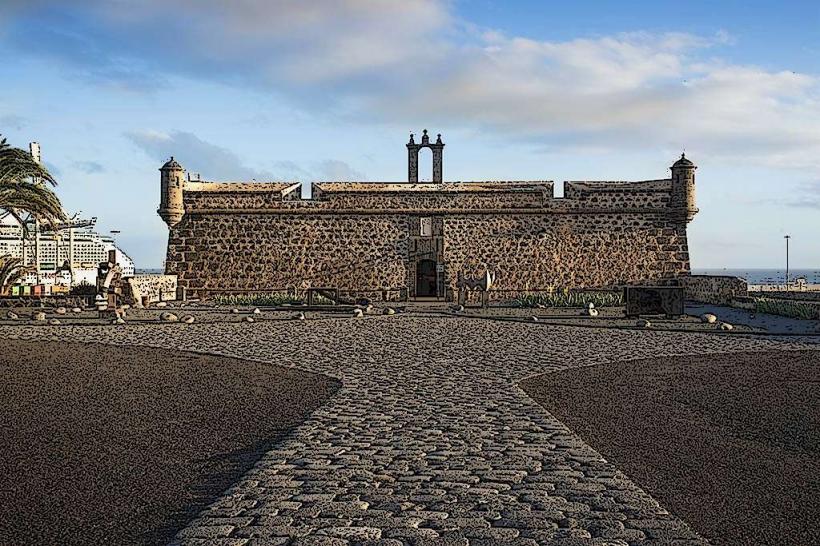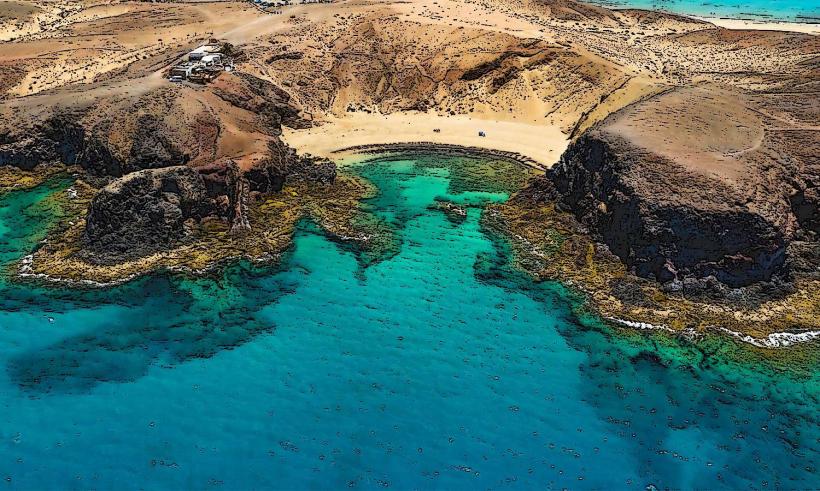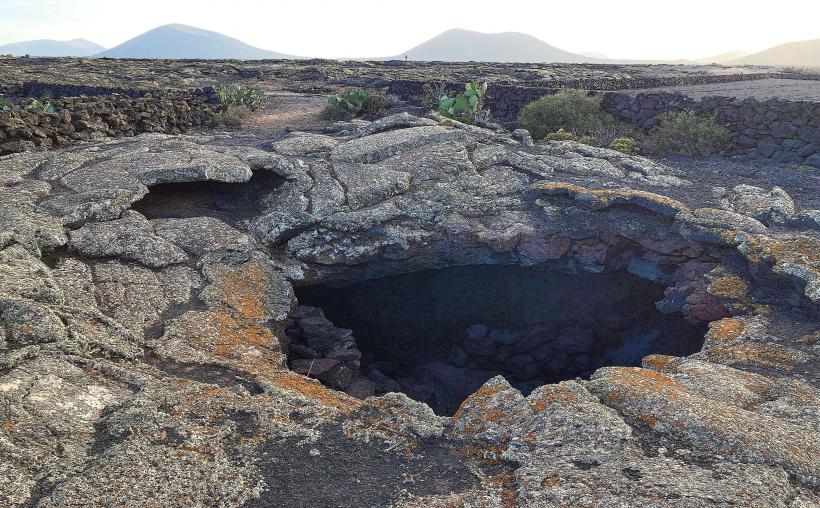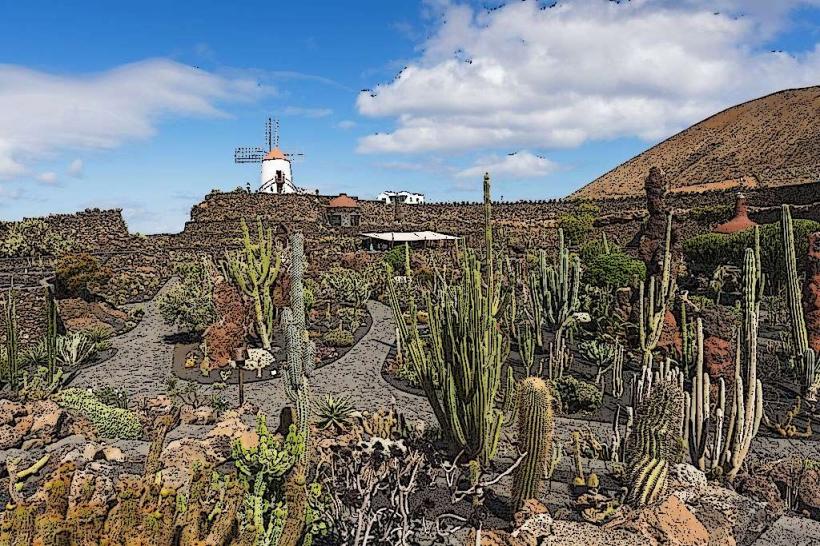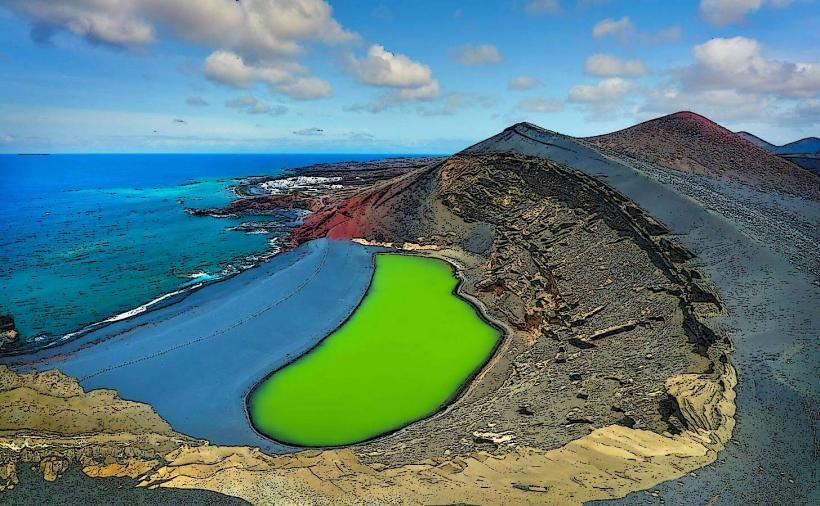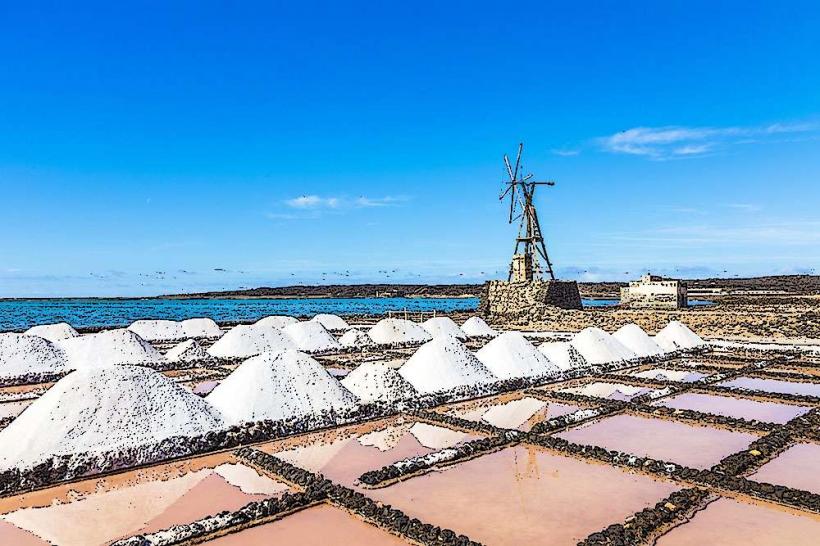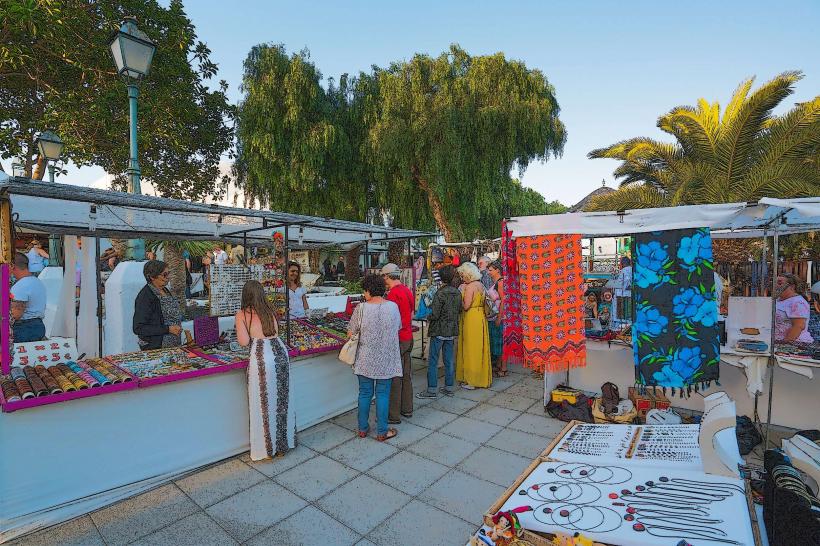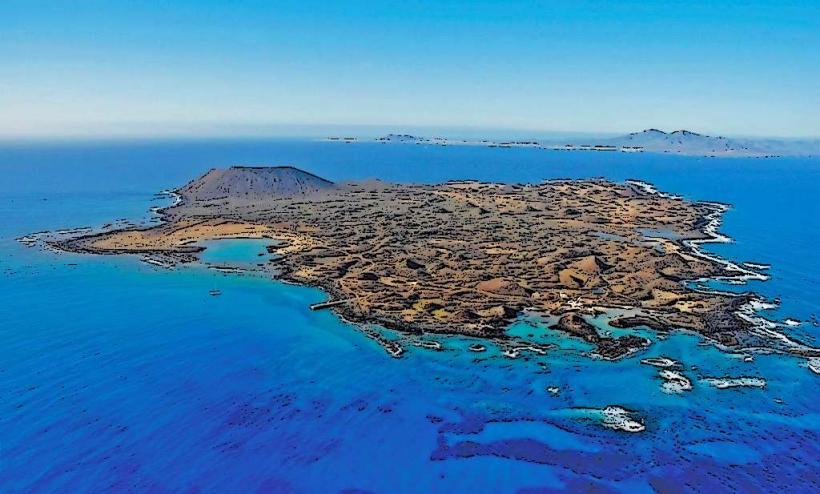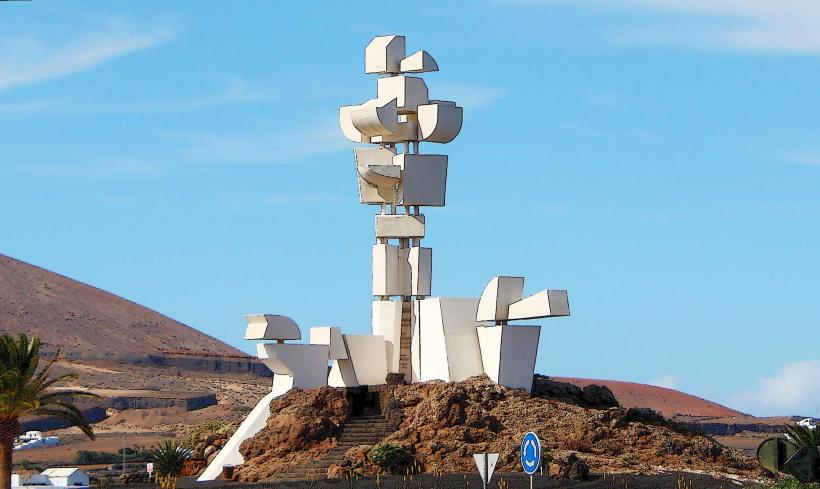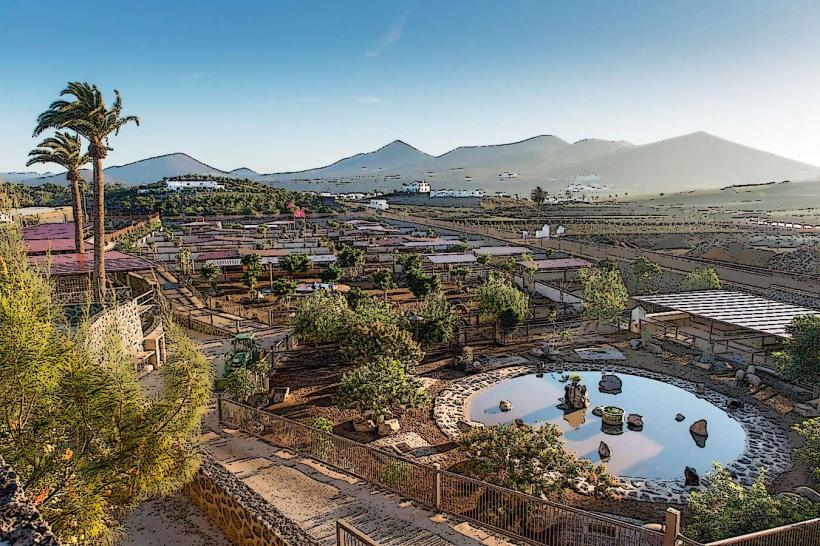Information
Landmark: Parque Natural de Los VolcanesCity: Lanzarote
Country: Canary Islands
Continent: Europe
Parque Natural de Los Volcanes (Natural Park of the Volcanoes) is a protected natural area located on the island of Lanzarote, one of the Canary Islands in Spain. It is renowned for its dramatic volcanic landscapes, formed by a series of eruptions that took place between the 18th and 19th centuries, most notably in the Timanfaya region. The park is a major tourist attraction due to its unique geological features and natural beauty.
Here are key details about Parque Natural de Los Volcanes:
Geography and Location:
- Location: The park is situated in the southwestern part of Lanzarote, near the town of Yaiza. It covers a large part of the island’s volcanic landscape, specifically in the region known as Timanfaya, and is one of the most important protected areas on the island.
- Area: The park spans around 51.07 square kilometers (19.7 square miles) and is characterized by its arid, rugged terrain shaped by volcanic activity. It forms part of the Timanfaya National Park, but the natural park is distinguished by its broader natural landscapes, including scrubland and semi-desert areas.
Volcanic History:
- Eruptions: The most significant volcanic activity in the area occurred between 1730 and 1736, when a series of eruptions created the vast lava fields that now dominate the landscape. Additional eruptions took place in the 19th century, further shaping the area. These eruptions, which lasted for several years, were some of the most intense and destructive in Lanzarote’s history.
- Lava Fields: The park is home to expansive lava fields, which are barren and rocky terrains that were formed from the slow-moving lava flows during the eruptions. The ground in these areas can be quite hot due to geothermal activity, a feature that still persists today in some locations.
Flora and Fauna:
- Vegetation: Despite the harsh volcanic terrain, the park supports a surprising variety of plant life. Vegetation is sparse but includes specialized plants adapted to the arid environment, such as shrubs, cacti, and some hardy grasses. Among the most notable plants are the volcanic-bush species like Tabaiba and Cardón (Cactus), as well as a variety of wildflowers that bloom after rainfall.
- Wildlife: The fauna in the park is less abundant due to the challenging environment, but it still supports a number of species, including birds like kestrels and buzzards, which nest on the cliffs and crags. Lizards and some insects, including butterflies and ants, are also present, as well as small mammals like rabbits.
Geological Features and Landscape:
- Timanfaya Volcanoes: The park is famous for its striking volcanic craters and lava cones, which are prominent features of the landscape. Some of the volcanoes in the park, such as Montaña Rajada, Montaña Blanca, and Montaña de la Corona, provide unique hiking opportunities.
- Geothermal Activity: The geothermal activity in the park is a major attraction. Visitors can experience the heat of the ground in certain areas where the earth’s temperature is high. In nearby Timanfaya National Park, there are demonstrations of this geothermal energy, where water is poured into the ground, causing steam to shoot out.
Tourism and Activities:
- Hiking: The park offers several hiking trails that allow visitors to explore the volcanic landscape and enjoy panoramic views. These trails vary in difficulty, with some accessible to casual walkers and others more challenging, leading to the summits of some volcanoes.
- Guided Tours: Many visitors choose to explore the park with a guide to learn about the history, geology, and ecology of the area. Some tours are available on foot, while others may involve off-road vehicles, allowing deeper access to remote areas of the park.
- Visitor Centers: There are visitor centers around the park, such as the Montaña Colorada Interpretation Center, which provides educational exhibits about the volcanic activity, flora, and fauna of the region. These centers also offer information about safe access routes and sustainable tourism practices.
Cultural and Historical Significance:
- Agriculture: Despite the harsh conditions, the volcanic soil in the region is highly fertile. Local farmers use traditional techniques, such as planting crops in volcanic ash, to grow vines, wheat, and other produce. The region is particularly famous for its wine production, with the La Geria area nearby offering unique wine tours.
- Architecture: Traditional Canarian architecture in the park area includes the use of volcanic stone in houses and other buildings. The villages of Yaiza and Tinajo showcase this regional style.
Conservation Efforts:
- Protected Area: Parque Natural de Los Volcanes is part of Lanzarote’s larger network of protected areas, with strict regulations in place to preserve the volcanic landscape and wildlife. Efforts are made to protect the natural environment from the impact of tourism and to ensure sustainable management of the area.
Conclusion:
Parque Natural de Los Volcanes is a stunning and unique natural park that highlights the volcanic beauty of Lanzarote. It offers visitors a chance to explore one of the most remarkable volcanic landscapes in the Canary Islands. Whether you're interested in hiking, geology, or simply marveling at the natural beauty of the area, this park provides a captivating experience in one of the world’s most distinctive environments.

